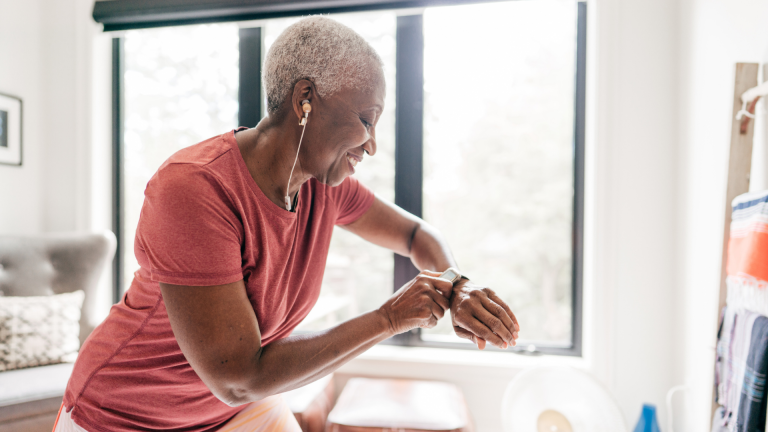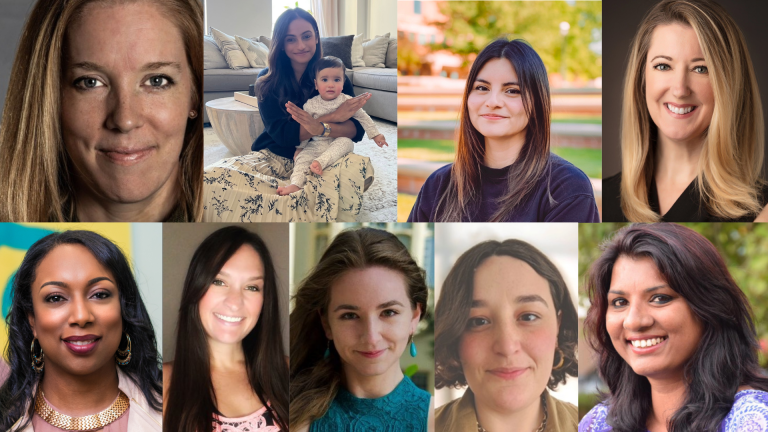This new perspective will enable voice teams to identify those micro-moments along a user journey where a voice conversation can make an experience easier, faster, and lessen the mental load—that’s a golden ticket.
I’ve been fortunate to spend the past five years creating voice experiences with and for older adults and I’ve been amazed by their stories. My number one take-away has been their desire for voice just to help them keep on doing what they do. It is not about perceived problems to be solved, but their goals are truly about daily-do’s, dreams and aspirations!
Here are a few quotes from real users:
“As a couple in our 80’s who travel abroad several times a year, we’d like to know whether popular spots have elevators versus stairs so we can plan our itinerary.”
“As a 90-year-old with macular degeneration, I want to hear about local activities so I don’t miss the fun!”
“As a 74-year-old woman who loves adventures, I want to continue to be strong enough to lift my own carry-on bag up into the overhead bin so that I’ll still be traveling at age 90!”
As a voice community, let’s create experiences that help fulfill aspirations—because goal setting, dreaming, and connecting doesn’t stop at 50, 65, 85, or even 100 years of age.
Designing better conversations
Conversational design often begins with writing out sample scripts. It is important to spend time with users, understand who they are, and match high-quality content to their voice desires. Taking into account generational nuances, stages of life, activity, conditions, and interests, we begin to write for their ears. Writing dialogue and testing scripts with real users is important. It provides valuable information for nailing design elements such as word choice, tonality, and familiar vocabulary to create positive and successful experiences.
For example, designers often write several alternate system responses so return users don’t hear the same messaging and become bored with the experience. In reality, there are times the system should respond with the exact same content. This decision should come from the use cases and should always tie back to the user goal and context. Be sure to think about user cognitive load.
When we consider designing with implicit versus explicit confirmation, the priority is ensuring the user feels heard. When in doubt, and as a general rule, I recommend using explicit confirmation with most older adults, especially with first-time users. Simply stated, be brief, be concise, be friendly.
Data-driven intergenerational design
Data helps identify patterns and areas for improvement. It’s important to capture session data and make data-driven design decisions. You may not know details about your users at first, but your data will bring the insight you need to expand user flows, modify and manage content, add personalization, and be inclusive to meet users wherever they are.
There are methodologies for testing to ensure feedback and data is valid, but don’t shy away from being creative. Look for edge cases to minimize the possibility of accidentally excluding a portion of your audience. If you’re unable to test with a live, diverse group of older adults, there are ways to simulate their experiences—like using sunglasses to mimic reduced vision.
All in all, before building a voice experience, understand the user audience, determine a real problem to solve or a dream to help fulfill, and set expectations. There is a massive older adult audience wanting you to design for them. It’s a fantastic opportunity. Go create something great. And please, leave no older adult behind.
Heidi Culbertson, CEO, of Marvee, a voice strategy and design studio bringing voice experiences and older adults together.









